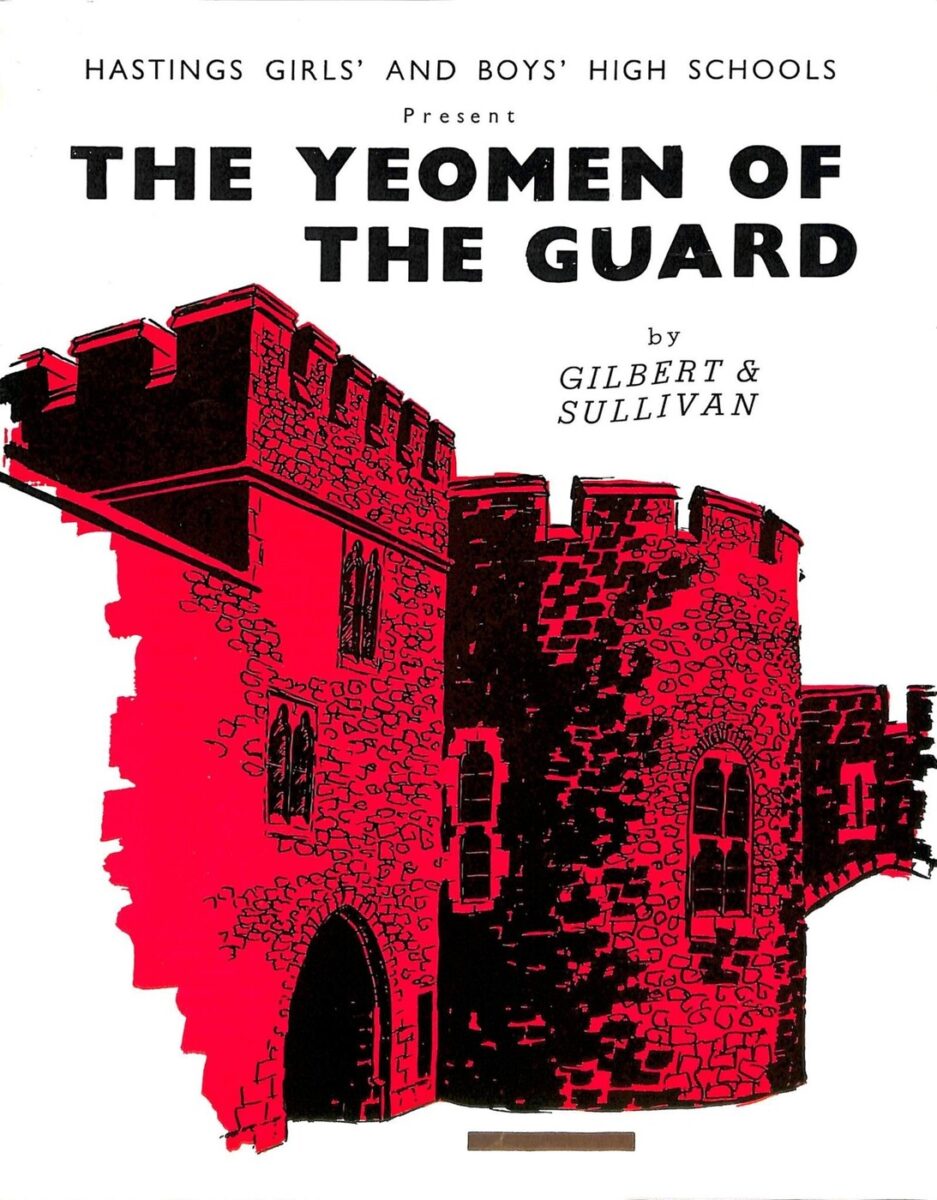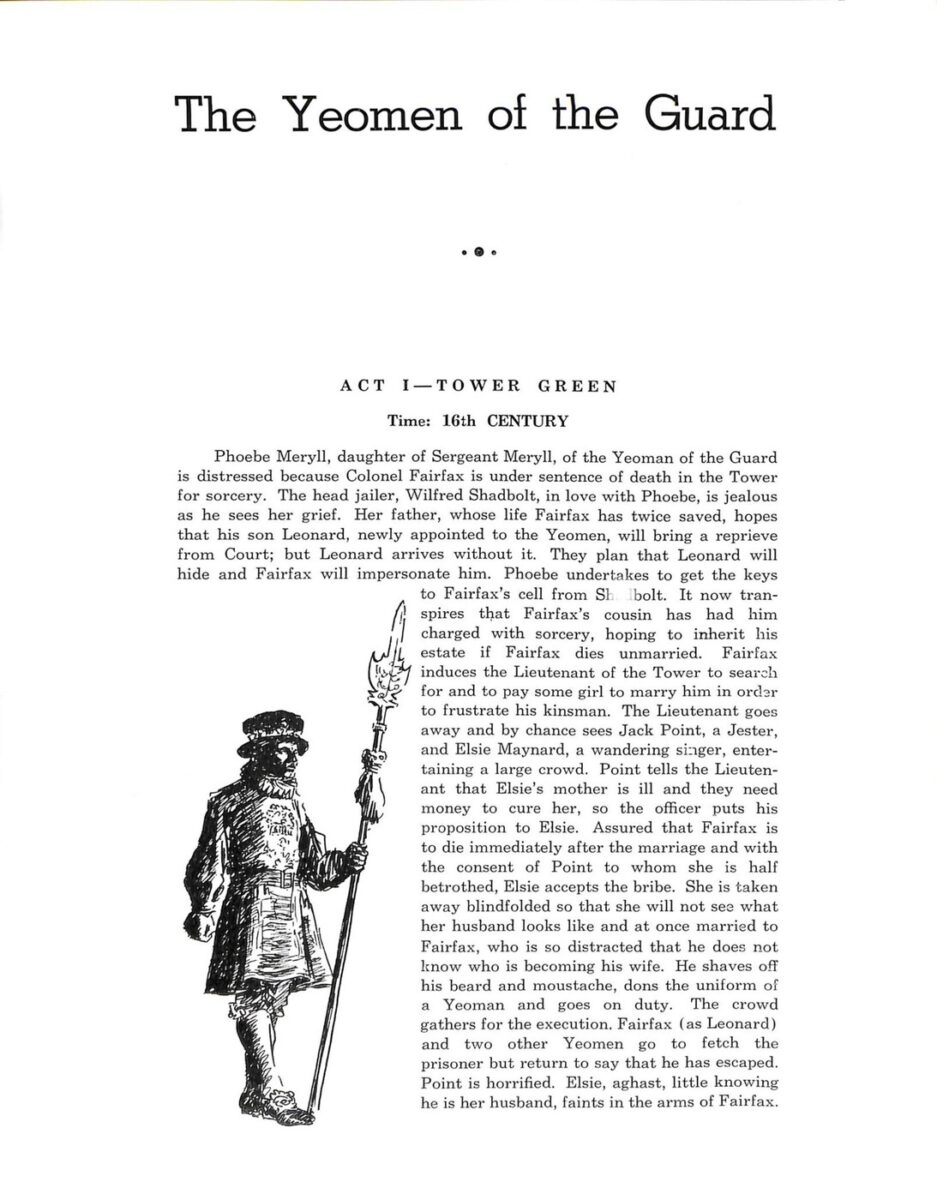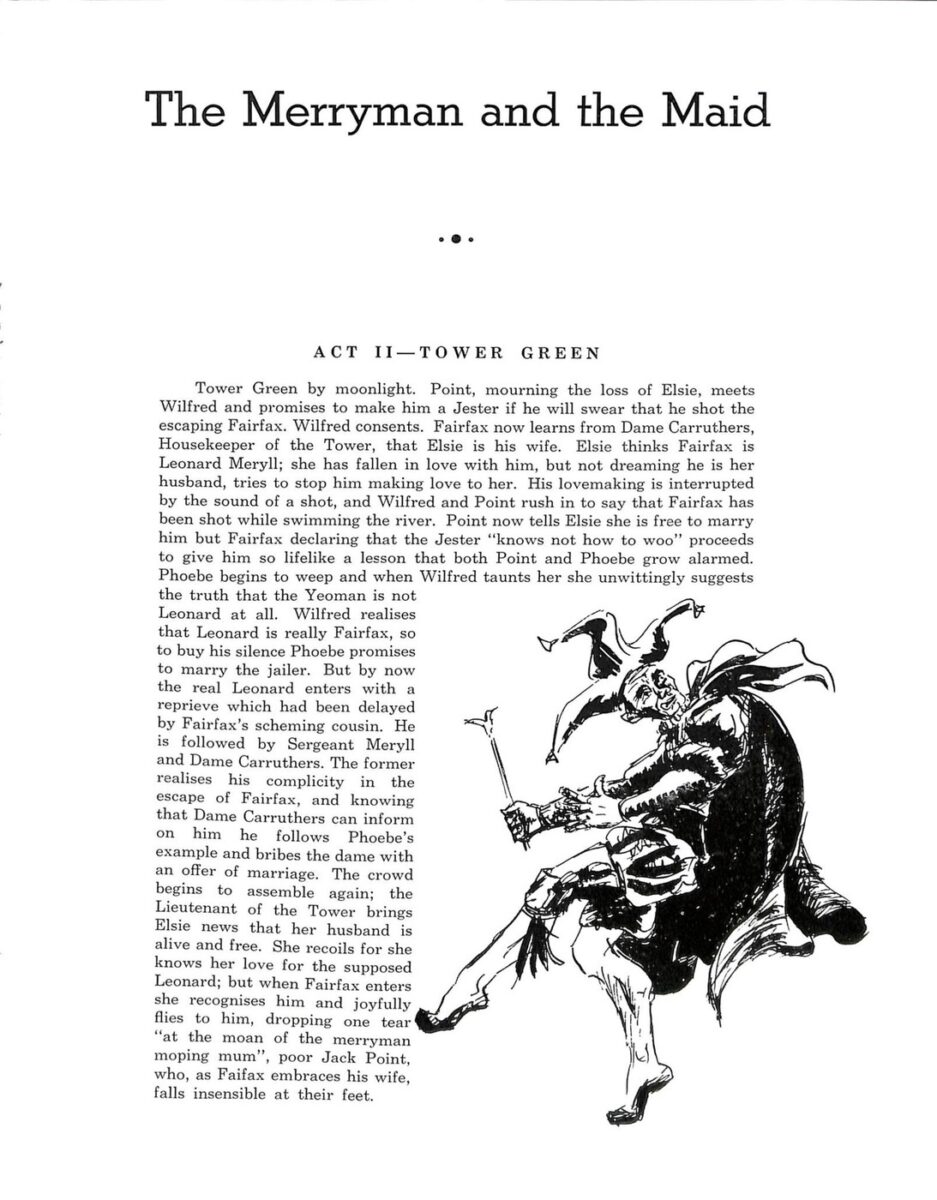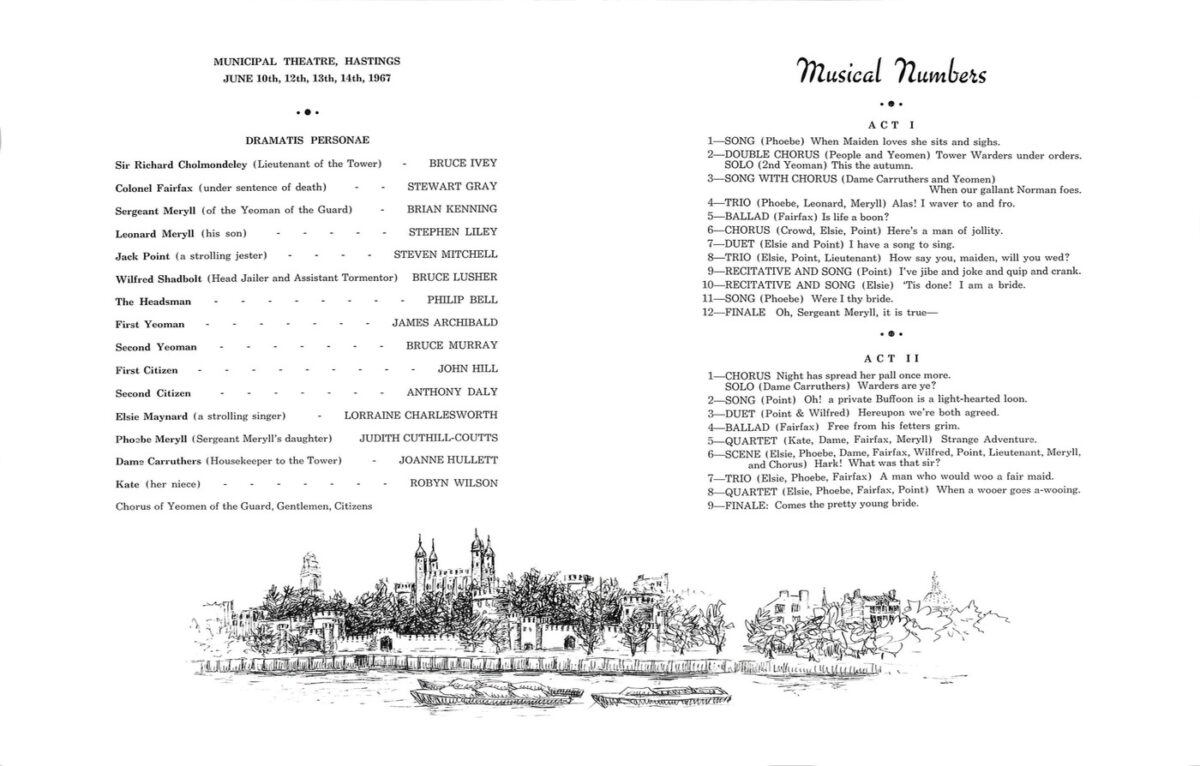Programme 1967 – The Yeomen of the Guard
Original digital file
CoozeL814_YeomenoftheGuardProgramme.pdf
Non-commercial use

This work is licensed under a Attribution-NonCommercial 3.0 New Zealand (CC BY-NC 3.0 NZ).
Commercial Use
Please contact us for information about using this material commercially.Can you help?
The Hawke's Bay Knowledge Bank relies on donations to make this material available. Please consider making a donation towards preserving our local history.
Visit our donations page for more information.
Description
Surnames in this programme –
Archibald, Batchelor, Bell, Beswarick, Bewley, Bickerstaff, Black, Botherway, Brassington, Briggs, Burfield, Burton, Charlesworth, Clark, Coles, Condon, Coombes, Craven, Crocket, Crone, Cuthill-Hullett, Daly, Drury, Dunn, Dunningham, Evans, Fallows, Farnell, Fenton, Ferguson, Fowler, French, Frykberg, Gadd, Garnett, Golding, Gray, Greaves, Guthrie, Heath, Hebley, Hill, Hoskins, Isdale, Ivey, Izatt, Judd, Kenning, Knuckey, Lankovsky, Lattey, Liley, Linyard, Lusher, Mabin, McConnell, McHardy, McLean, Meakin, Melling, Melville, Miller, Mitchell, Morley, Mossman, Mullinder, Murley, Murray, Perrott, Philpott, Potts, Powdrell, Pratt, Prendergast, Price, Rae, Rapley, Receveur, Rippon, Round, Seton, Simmons, Simon, Stainer, Stalker, Stevens, Sunde, Sykes, Tangiiti, Taylor, Tomlins, Velvin, Wade, Ward, Whitcombe, White, Wiggins, Wilson, Wither
















Do you know something about this record?
Please note we cannot verify the accuracy of any information posted by the community.